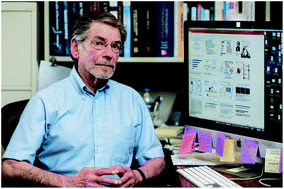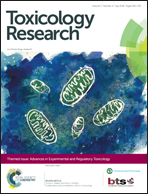Goodbye to the bioassay
Abstract
It is time to say goodbye to the standard two-year rodent bioassay. While a few, primarily genotoxic, compounds which are clearly associated with human cancer test positive in the bioassay, there is no science-based, sound foundation for presuming it provides either a valid broad (across different chemicals) capability for discerning potential human carcinogens or a valid starting point for making human risk assessment decisions. The two basic assumptions underlying the bioassay are: (1) rodent carcinogens are human carcinogens; and (2) results obtained at high doses are indicative of results that will occur at lower, environmentally relevant, doses. Both of these assumptions are not correct. Furthermore, a reevaluation of National Toxicology Program bioassay data has revealed that if the dose group size were increased from 50 to 200 rodents per group the number of bioassays deemed to be positive would increase from approximately 50% to very close to 100%. Thus, under the extreme conditions of the bioassay (e.g., high doses, lifetime exposure and, at times, a non-physiological route of administration) virtually all chemicals tested could be made into rodent carcinogens. In recent years there have been a number of proposals to move away from the standard bioassay. In particular, a recently formulated decision tree (Cohen, 2017), which places an emphasis on dose–response relationships and invites the use of MOA information, provides a sound basis for moving on from the bioassay and towards a rational approach to both identify chemicals which appear to have the potential to cause cancer in humans and take dose–response relationships into consideration in order to place the extent, if any, of the risk they might pose into proper perspective.

- This article is part of the themed collections: Recent Review Articles and Advances in Experimental and Regulatory Toxicology

 Please wait while we load your content...
Please wait while we load your content...